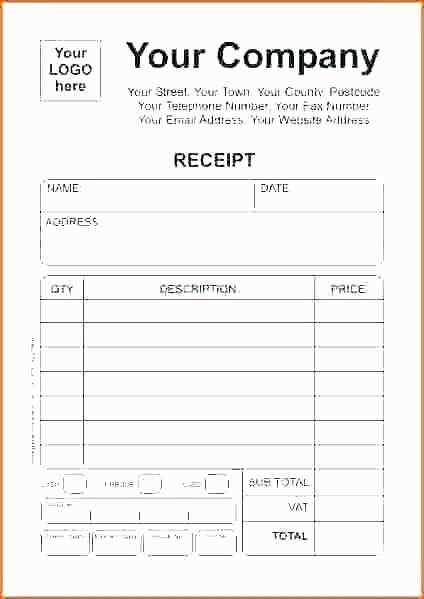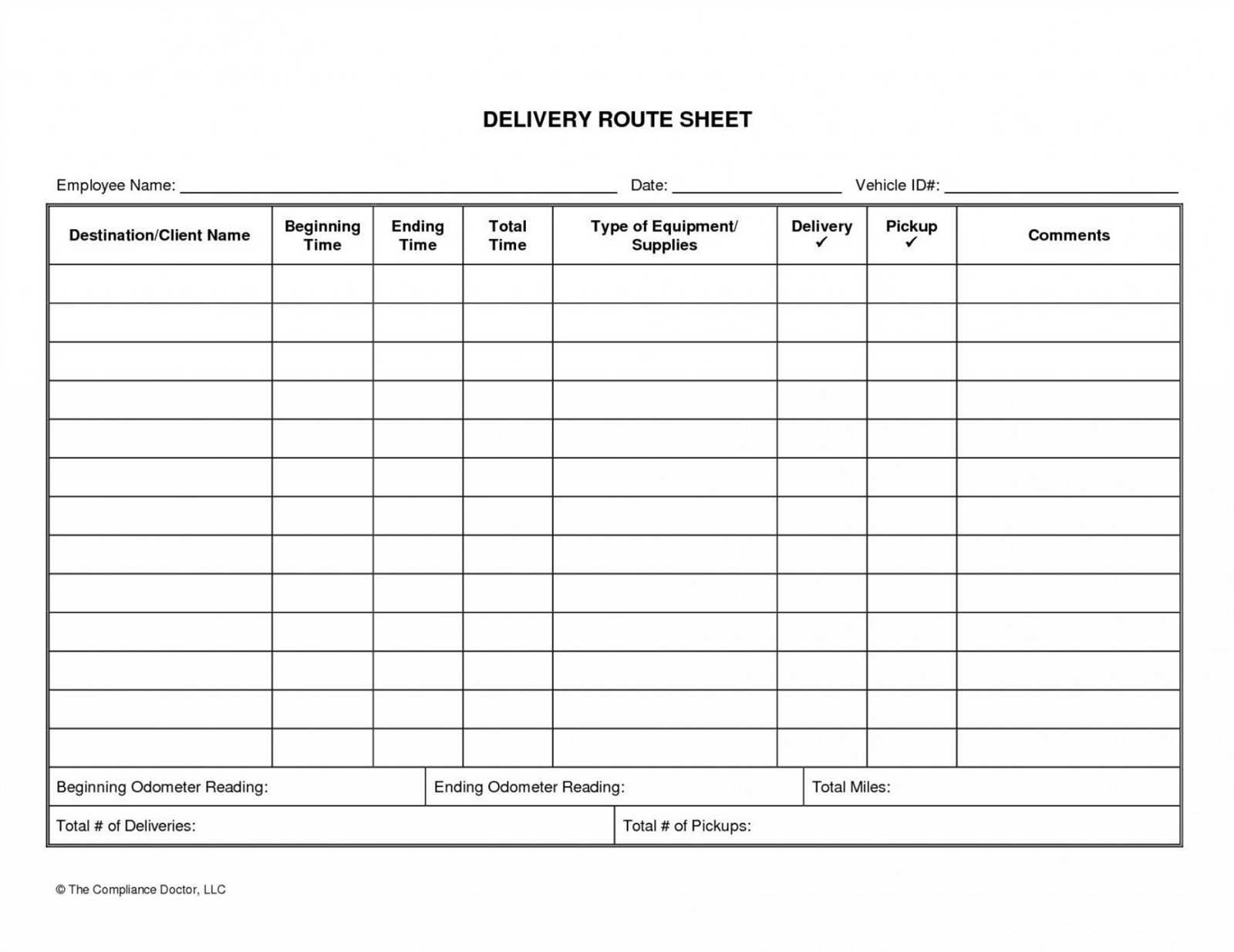
Accurate logging of hauled tonnage ensures compliance, prevents disputes, and simplifies record-keeping. A well-structured receipt template logbook captures key details like load weight, date, origin, destination, and driver information.
Each entry should include a unique reference number, cargo specifics, and signatures to verify accuracy. Digital templates offer quick calculations and automated summaries, reducing human error and improving workflow efficiency.
Consistent documentation minimizes financial discrepancies and streamlines audits. Standardized templates save time and ensure that every haul is recorded with the necessary precision.
Hauling Tonnage Receipt Template Logbook
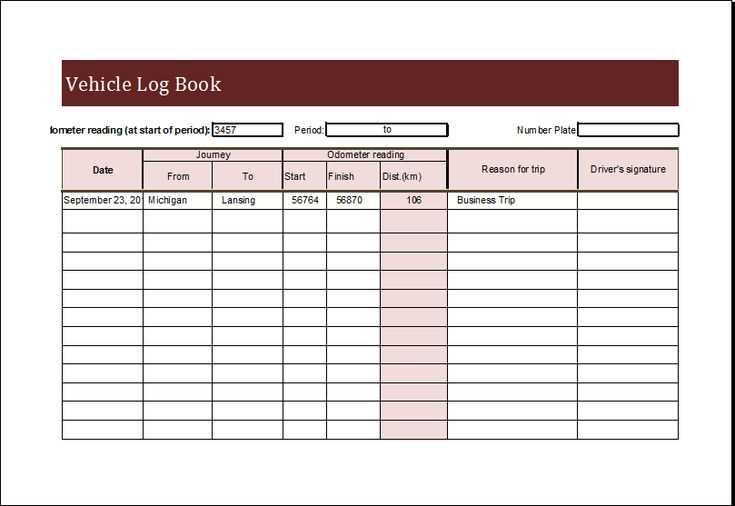
Keep track of every load with a structured hauling tonnage receipt template logbook. Use clear entries to ensure accurate record-keeping and smooth operations.
- Consistent Entry Format: Record date, load weight, origin, destination, and driver details in separate columns for quick reference.
- Sequential Numbering: Assign unique receipt numbers to prevent duplication and simplify audits.
- Standardized Weight Units: Use consistent measurement units (tons, pounds, or kilograms) to avoid miscalculations.
- Clear Documentation of Fees: List hauling rates, surcharges, and applicable taxes transparently.
- Verification Signatures: Require driver and recipient signatures to confirm delivery and accuracy.
Maintain logs daily and store copies digitally to prevent data loss. Periodically review past entries to spot trends and improve efficiency.
Required Information for a Tonnage Receipt
Ensure that every tonnage receipt includes key details for accurate record-keeping and compliance. Start with the date and time of the transaction to establish a clear timeline. Include the company name, contact details, and unique receipt number for easy tracking.
Shipment and Weight Details
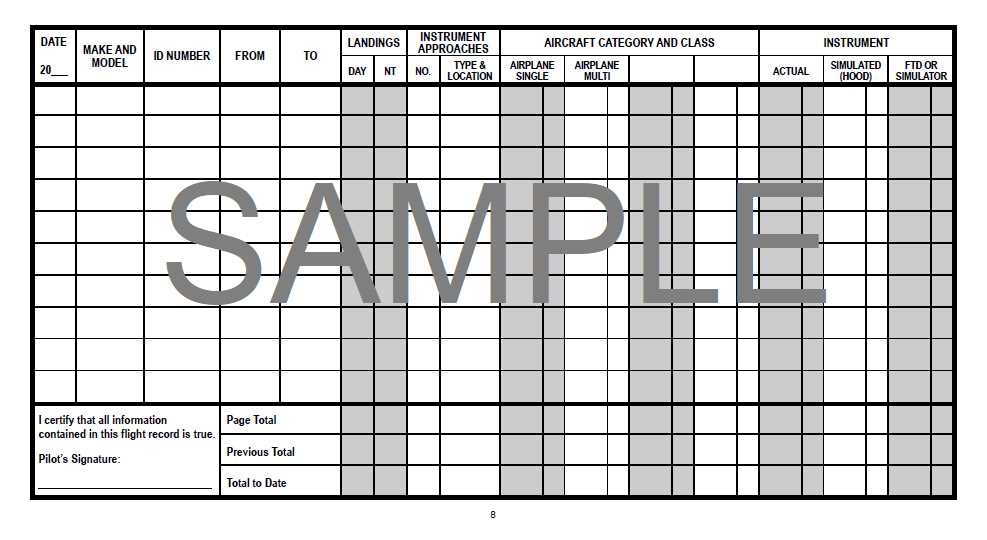
Specify the origin and destination of the haul to document transportation routes. Record the gross, tare, and net weight of the load, ensuring accuracy with certified weighing methods. Indicate the material type and any special handling requirements.
Authorization and Signatures
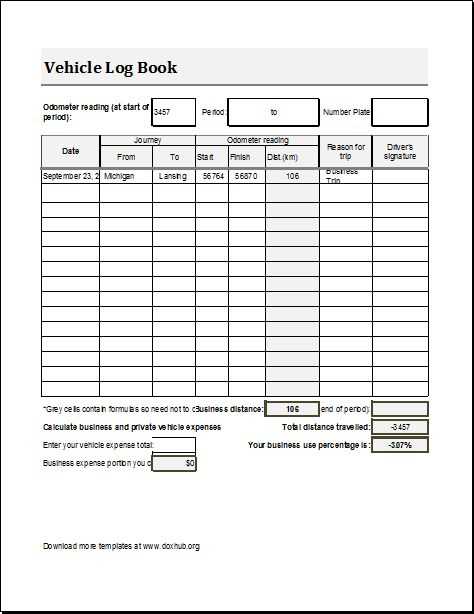
Include the driver’s name, license number, and vehicle identification for verification. Obtain signatures from both the sender and recipient to confirm the transaction. If required, attach supporting documents such as permits or inspection reports.
Double-check all entries before finalizing the receipt to prevent discrepancies and maintain compliance with industry regulations.
Organizing Logbook Entries for Compliance
Ensure every entry includes the date, time, and location. Missing these details can lead to compliance issues and delays in audits.
Use clear and consistent terminology. Abbreviations should be standardized across all records to prevent misinterpretation.
Log entries must be chronological. Gaps or out-of-sequence records may raise red flags during inspections.
Include relevant cargo details, such as weight, type, and any special handling requirements. This prevents discrepancies in tonnage calculations.
Verify signatures and authorizations. Each record should have the responsible party’s name and signature to confirm accuracy.
Regularly review and cross-check entries against shipping documents to catch errors early. Corrections should be documented with a clear explanation.
Store records securely and maintain backups. Digital logs should have restricted access and revision tracking to protect data integrity.
4o
